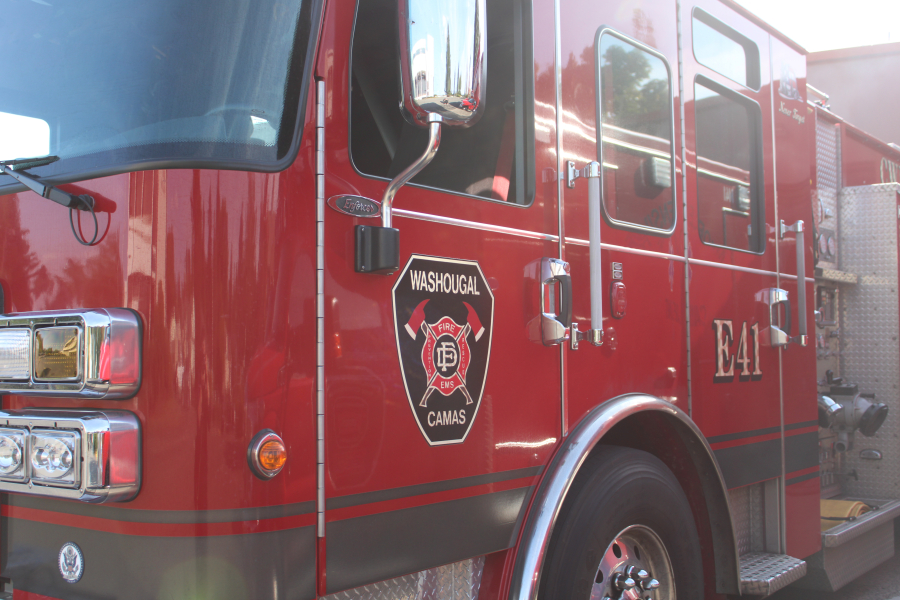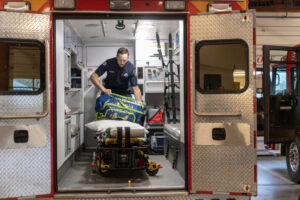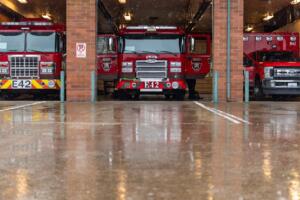A debate is brewing for the second time in as many years over increasing staffing levels at the Camas-Washougal Fire Department and determining who will pay for what — and how.
At the heart of the issue is a recent master plan drafted by independent consultants from Emergency Services Consulting International (ESCI), which called staffing levels at CWFD “excessively lean,” highlighted the fact that the fire department’s average response time is more than double the industry standard, and said the department was “challenged to meet the changing needs of the community in some aspects.”





